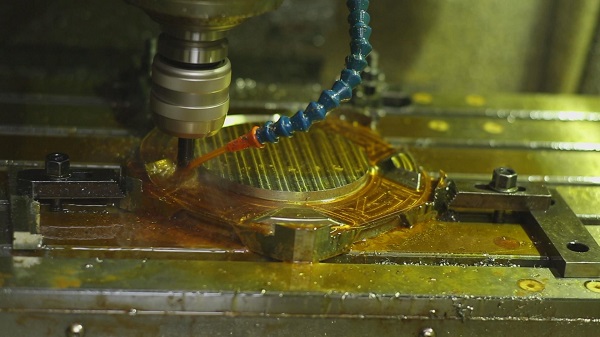Get in touch.
Dear,I will reply in 12 hours. All your message are protected!
Rapid Prototyping Services, Professional manufacturer of CNC Prototyping and 3D Prototyping in China.
CNC (Computer Numerical Control) machining is a versatile manufacturing process widely used for creating intricate components with precision. When it comes to machining complex surfaces, specific techniques and strategies are crucial to achieve accurate and high-quality results. In this article, we will explore effective techniques and best practices for CNC machining of complex surfaces, providing valuable insights to optimize your machining process and ensure precise and superior quality outcomes.

1.CAD Model or Technical Drawing:
Begin with a well-defined CAD (Computer-Aided Design) model or technical drawing that accurately represents the complex surface to be machined. Ensure that the dimensions, curves, and tolerances are clearly specified. This serves as the foundation for programming and machining the complex surface accurately.
2.Tool Selection:
Select appropriate cutting tools for machining complex surfaces in CNC. Consider the material being machined, the desired surface finish, and the complexity of the surface when choosing the tool geometry, size, and material. Specialized tools such as ball nose cutters or end mills with varying cutting edge lengths can be used to achieve precise results on complex surfaces.
3.Cutting Parameters:
Optimize cutting parameters for machining complex surfaces in CNC. Adjust spindle speed, feed rate, and depth of cut based on the material properties, tooling, and desired surface finish. Consider the complexity of the surface and the intricacy of the features being machined when selecting the cutting parameters. Experiment with different combinations to achieve the desired accuracy and surface quality.
4.Toolpath Optimization:
Optimize the toolpath to ensure accurate machining of complex surfaces. Utilize CAM software features to generate toolpaths that closely follow the desired contours and dimensions. Minimize sharp changes in cutting direction, optimize tool engagement, and use adaptive toolpath techniques to ensure smooth transitions and minimize surface imperfections.
5.Fixture Design and Setup:
Ensure proper fixture design and setup to securely hold the workpiece during machining. Consider using clamps, vises, or custom fixtures designed for stability and accuracy. Proper alignment, positioning, and support are crucial to prevent workpiece movement or vibrations that can affect the accuracy of the complex surface.
6.Quality Control and Inspection:
Implement a rigorous quality control process to ensure the accuracy and quality of machined complex surfaces. Use precision measuring instruments such as coordinate measuring machines (CMM), surface profilometers, or laser scanners to verify dimensions, tolerances, and surface finish. Regularly calibrate and maintain the measuring equipment for accurate results.
© 2005-2025 Shenzhen Tuowei Model Technologies Co., Ltd. | All Rights Reserved 粤ICP备11096697号